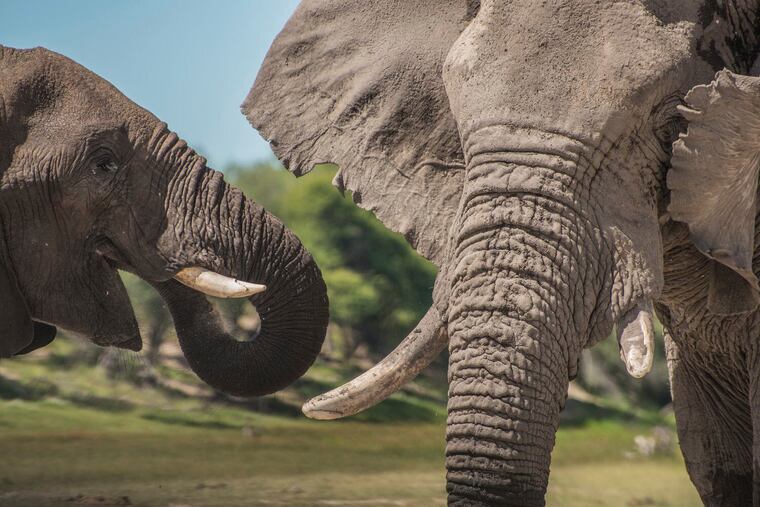Botswana reveals the cause of a mass elephant die-off after months-long wait
Test results on samples collected from the carcasses pointed to a naturally occurring toxin produced by cyanobacteria.

Test results on samples collected from the carcasses pointed to a naturally occurring toxin produced by cyanobacteria.
